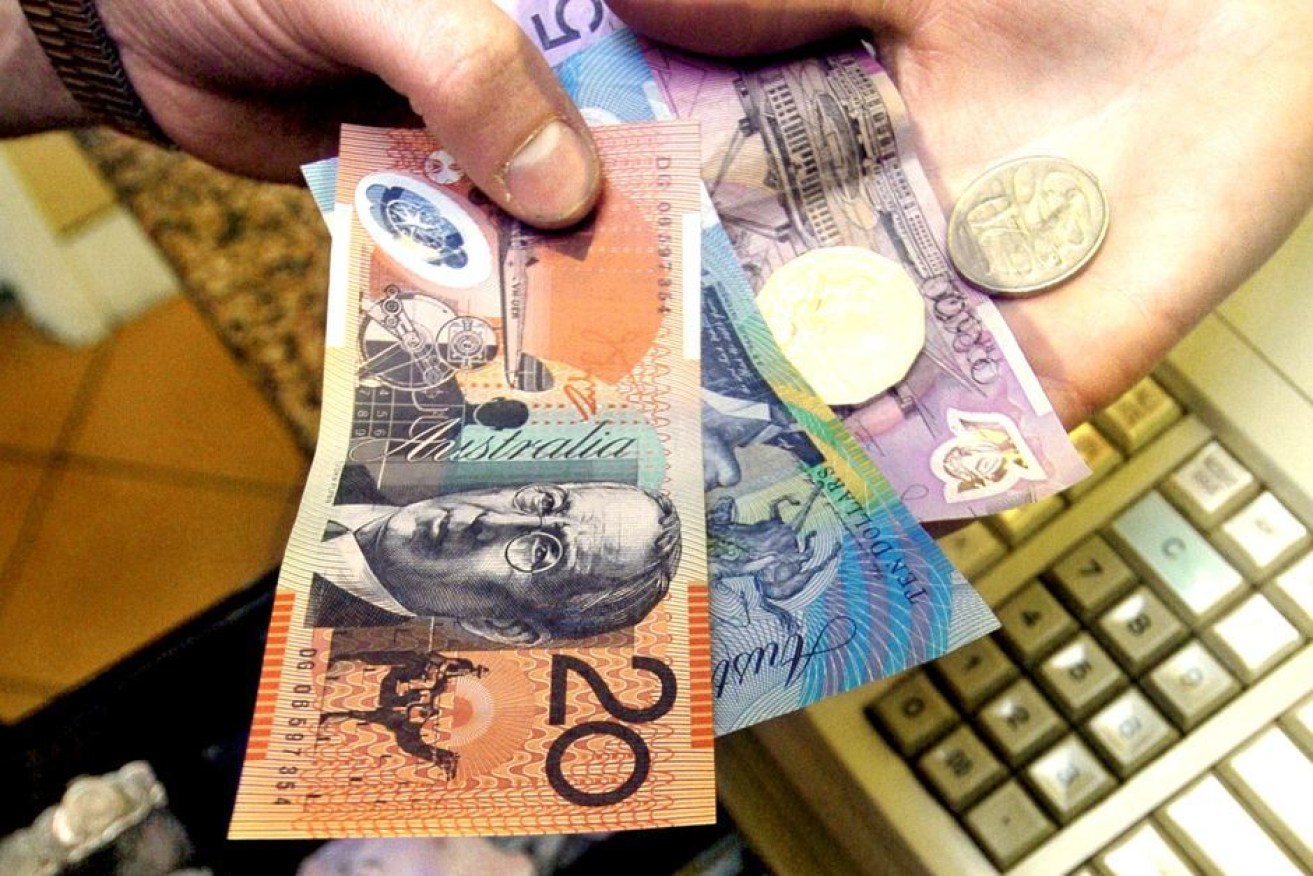Inflation up, third interest rate cut still likely

Inflation in the three months to June hit 0.6 per cent. Photo: ABC
June quarter Inflation has narrowly beaten expectations with a rise to 0.6 per cent but the increase has done little to quell expectations of a third rate cut by the end of the year.
The consumer price index rose 1.6 per cent in the 12 months to June 30, figures from the Australian Bureau of Statistics released on Wednesday show, having slowed to 1.3 per cent in March after inflation flatlined.
The market had forecast an increase to 0.5 per cent in the June quarter, during which the Reserve Bank delivered the first of two rate cuts in a bid to stimulate the economy.
Indeed.com economist Callam Pickering said while the June CPI figure appeared positive compared with recent results, a closer look suggested Australia’s inflation problem remained dire.
“Unfortunately, the stronger inflation read for the June quarter was largely due to volatile or one-off factors such as the 10 per cent increase in automotive fuel rather than a broad pick-up in inflationary pressures,” Mr Pickering said.
Mr Pickering said the RBA’s decision to cut rates in June and July to a record low 1.0 per cent should help boost inflation but the adjustments were too late to deliver a meaningful rise during June.
Market expectations of a third consecutive 25-basis point cut in August decreased following the release of Wednesday’s data but economists still expect a reduction to an unprecedented 0.75 per cent by 2020.
BIS Oxford chief economist Sarah Hunter noted core inflation of 1.4 per cent – an average of trimmed and weighted mean – remained below the RBA’s 2-3 per cent target, which was further evidence upward pressure on prices was still weak.
“The data is very unlikely to alter the trajectory for the cash rate,” Dr Hunter said.
“A further cut to 0.75 per cent is very likely in the December quarter and this could be followed by more easing in early 2020 if we don’t see signs of the residential downturn stabilising or the income tax cuts feeding through to consumer spending.”
The most significant price rises during the quarter were a 10.2 per cent lift in automotive fuel, a 2.6 per cent increase for medical and hospital services and a 2.7 increase for international holiday, travel and accommodation.
The most significant price falls were a 4.1 per cent decline for fruit, a 1.7 per cent drop for electricity and a 1.5 per cent fall for domestic holiday, travel and accommodation.
The Aussie dollar spiked to 68.88 US cents in the 15 minutes after the data’s release before easing to 68.79 US cents by 12.19pm (AEST).
-AAP








